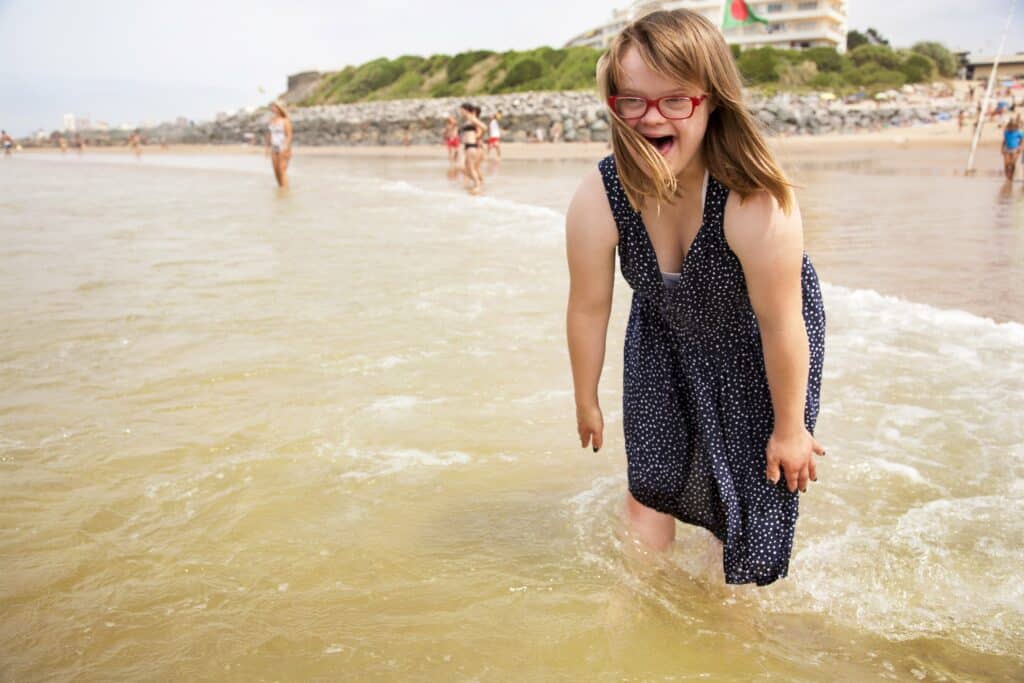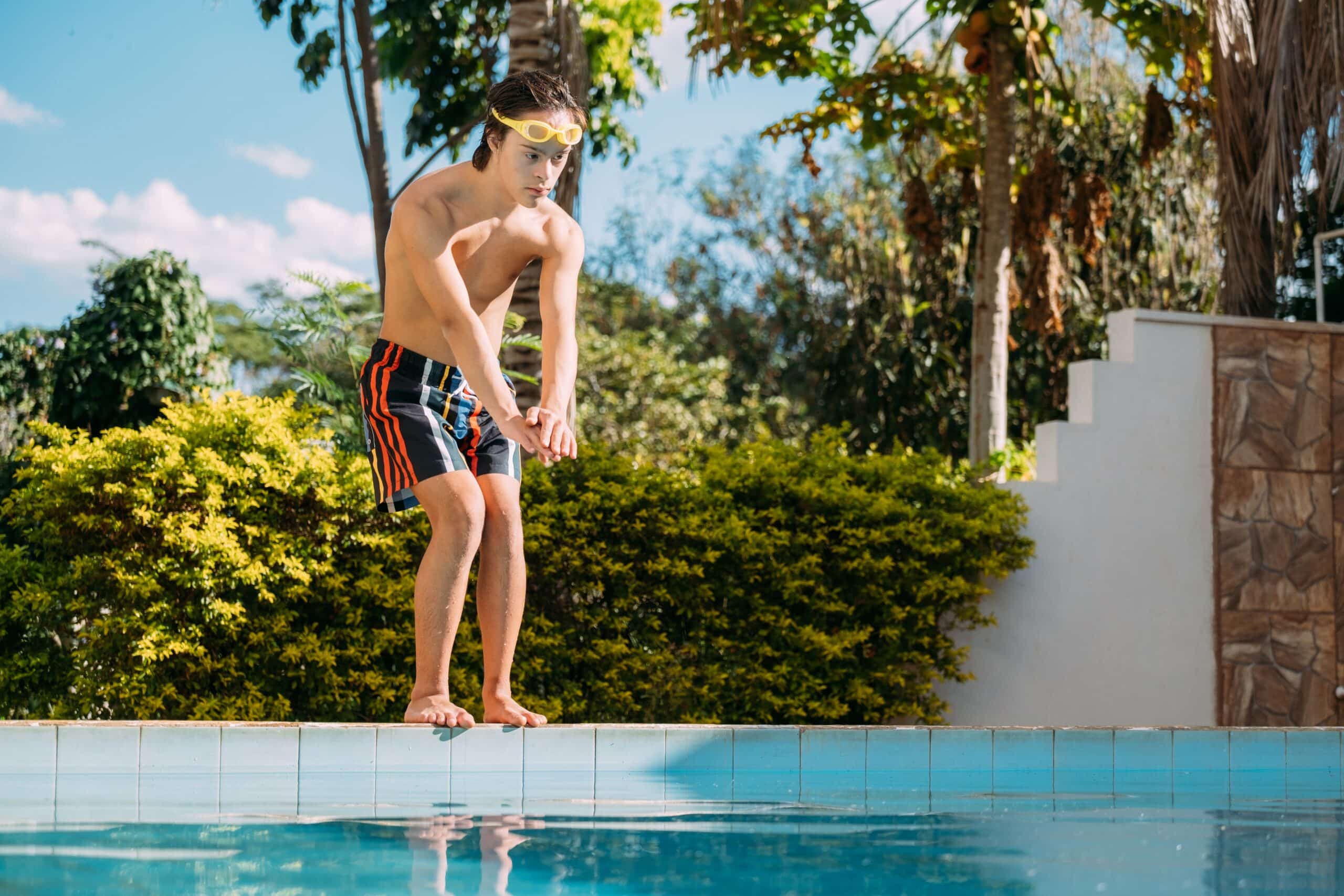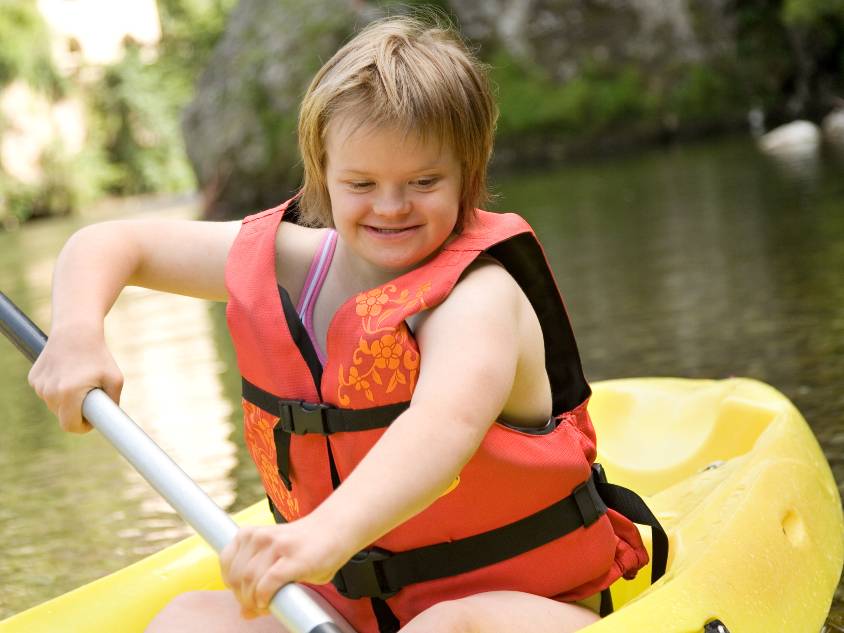June 28, 2021
As the weather starts to warm up, some of us probably can’t hide our eagerness to jump into a lake or go on a kayaking adventure. According to the Children’s Hospital of Philadelphia, “drowning is the second leading cause of injury-related death in children younger than age 14,” and this risk becomes higher in children with disabilities.
 Whether you are swimming in a pond or a local pool, here are ten safety precautions to keep in mind that will help you enjoy your time in the water and avoid any serious incidents.
Whether you are swimming in a pond or a local pool, here are ten safety precautions to keep in mind that will help you enjoy your time in the water and avoid any serious incidents.
-
- If you oversee a child, you must always be in the water with them. Never stray further than arm’s length and don’t rely solely on flotation devices.
- Observe pool rules: follow the signs, safety lines, pool depths, and directions from the lifeguards.
- Be careful when swimming in the ocean: remember that natural bodies of water may carry strong currents.
- Don’t dive in unfamiliar areas: if you’re swimming in a natural body of water such as a lake, keep in mind that there might be large rocks or unknown objects below the surface.
- When you are at the pool or beach, if there is not an official lifeguard on duty, the adult in charge of supervision should be paying full attention to the swimmers without any interruptions from smartphones, books, or other people.
- Learn to perform CPR and get First Aid training.
- When boating or kayaking, always carry a first aid kit. Life jackets are also a must even if your loved one is a strong swimmer.
- Use Coast Guard-approved flotation devices. According to Children’s Hospital of Philadelphia, flotation devices and adaptive swim aids should support the stability of the swimmer but not restrict their movement or limit their independence. You should talk to your physical therapist about helping you find one that fits your love one’s unique needs.
- Wandering or elopement: this is an important safety issue that occurs when children or adults leave their caregivers or a safe area. People with disabilities are drawn to water, making this particularly dangerous. If your loved one tends to wander, it’s important to take special precautions during a swimming excursion. Keep an eye of warning signs that they might wander off, keep their identification close by, and engage others such as friends or neighbors in case that this occurs.
- Encourage children to learn to swim from a young age. If available, find swim lessons for children with disabilities.
-
-
-
- For more useful resources on wandering and water safety, join
-
-
-



